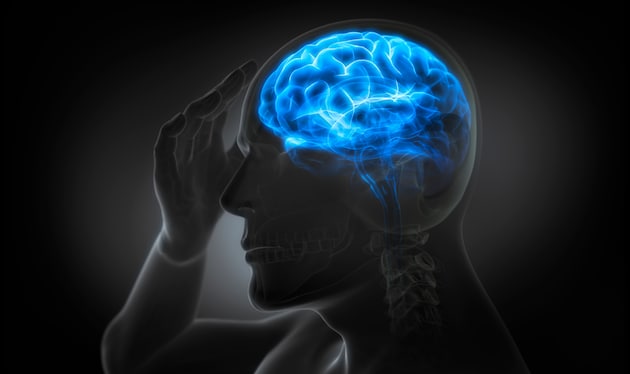Two weeks ago he was still completely healthy. Then an 18-year-old suddenly sees everything double. He can no longer move properly. Other patients are in the same situation. And so doctors discover a completely new disease.
Within a few days, the health of an 18-year-old changes suddenly. While he is completely healthy at the beginning, he suddenly sees double. He has problems moving properly. Doctors suspect a viral infection. Or bacteria. Neurologists find a high number of certain defense cells in his spinal fluid. But none of these are the cause.
Finally, the doctors not only examine the fluid in his spinal cord, but also his blood serum. And they discover that the 18-year-old is suffering from a previously unknown, rapidly progressing inflammation of the cerebellum. And he is not the only one suffering from this.
The doctors made a similar discovery in a total of four patients aged between 18 and 34, they now report in a press release. “The four affected people were independent and healthy before the onset of the disease,” explains Kurt-Wolfram Sühs, senior physician at the Department of Neurology with Clinical Neurophysiology at Hannover Medical School.
The neurologists found a very high number of defense cells in the cerebrospinal fluid in all of them, which actually indicates a bacterial or viral infection. The rapid progression of the disease also suggested this. Instead, however, it was a special form of cerebellar ataxia, a neurological disorder of the cerebellum.
This important area in the back of the brain acts as a conductor, so to speak, to coordinate our movements and keep us balanced, explain the doctors. In cerebellar ataxia, this ability is impaired. Affected people can have difficulties walking, speaking and grasping, or even controlling eye movements. The damage sometimes begins gradually and develops over years. It can have various causes, which are often genetic. But strokes or tumors can also be triggers.
In contrast to the previously known forms, the newly discovered form of cerebellar ataxia is caused by a specific autoantibody. This is directed against the cells of the cerebellum and leads to severe inflammation with the corresponding symptoms. The four affected people suffered from severe gait, speech and vision disorders. Magnetic resonance imaging (MRI) examinations showed a significant loss of substance in the affected cerebellum. However, this was stopped in most cases: “After treatment with anti-inflammatory drugs and immunotherapy with the active ingredient rituximab, which has been used successfully for several years to treat autoimmune diseases, the health of three of the four affected people improved sustainably,” writes the team.
The results of the study were published in the journal “Journal of Neurology, Neurosurgery
“So far, we have only been able to suppress the autoimmune reaction in a relatively untargeted manner, for example by removing the autoantibodies from the body using blood dialysis or by using the active ingredient Rituximab to destroy the B cells of the immune system, which are responsible for the formation of autoantibodies after they have matured,” says Sühs. The aim is to develop a therapy that only targets the pathogenic cells of the immune system that actually form the harmful autoantibodies and destroy the cerebellar cells.
